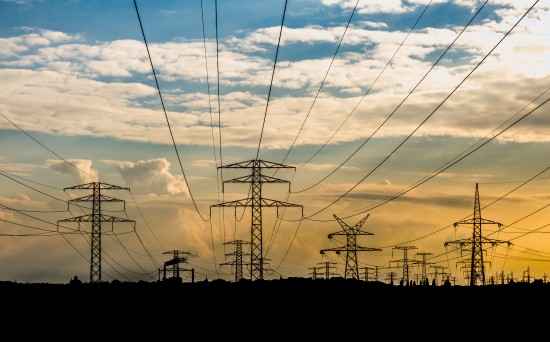The development of renewable energy sources is associated with greater financial expenditure in the power grid, which must be more dispersed

The European Union has set itself the goal of achieving a 32% share of Renewable Energy Sources in the European energy mix by 2030.Such an ambitious goal goes hand in hand with the necessity to adapt the power system to the new energy model. Therefore, ensuring energy stability will be a major challenge for network operators.Flexibility, which according to Hans van Steen, Director of Renewable Energy Sources, Research and Innovation, Energy Efficiency in European Commission, should be composed of several aspects which will be an extremely important in the successful implementation of the EU goal.The first of these is primarily the improvement of international connections that will be able to bring out any surplus energy and the construction of energy storage supported by appropriate tools.Further aspects are the electrification of individual industries, such as the steel industry and the cement industry, as well as the creation of an intelligent network and meters that will allow consumers to flexibly use energy.The next important aspect is network management, which takes the form of a smart grid, i.e. requires the cooperation of transmission system operators and investments in digitization.Eurelectric estimates that the EU must invest around 100 billion euros a year to reach an 80% share of renewable energy by 2045,which is a certain contradiction, because with low energy prices, which renewable energy provides, expenditure on the power system's flexibility cannot be completely secured.According to John Lowry of EirGrid, the Irish transmission system operator, lower prices are tantamount to decreasing revenues, which leads to the situation that flexible energy suppliers are increasingly losing.
